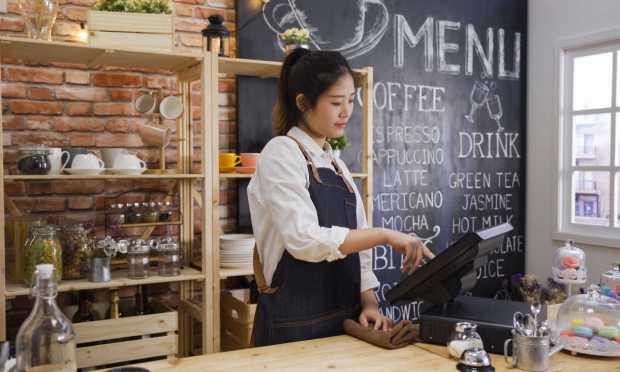Uber Eats Woos Tech-Weary Restaurants With New POS Integrations

As aggregators compete for restaurants’ loyalty, Uber Eats is looking to set itself apart by offering operators the most intuitive point of sale (POS) integrations and the simplest onboarding.
On Tuesday (Sept. 27), the delivery service unveiled new self-service signups to integrate with popular POS systems Toast and Clover, simplifying the process to take “just a few clicks.” Through this move, the company aims to woo restaurant operators struggling with labor challenges who are frustrated with the friction typically associated with managing their tech suites.
“At a time where merchants are faced with unprecedented staffing challenges, we heard loud and clear that we need to make it as easy as possible to unlock the growth that Uber Eats offers,” Roy Frenkiel, director of product management at Uber, said in a statement. “That’s why we’ve invested in making POS integrations easier than ever before, letting merchants sign up and get online in a fraction of the time.”
These kinds of integrations can be key to restaurants’ ability to manage their omnichannel businesses, enabling them to process third-party sales through the same system they use for in-person and first-party online sales, keeping better track of all orders flowing into the kitchen. While the ability to integrate is not new for Uber, the simplified process is, and this can make all the difference, given the restaurant industry’s oft-noted tendency to resist new technologies that aren’t intuitive.
In an interview with PYMNTS, Krystle Mobayeni, co-founder of BentoBox and head of restaurants at its parent company Fiserv, stressed the importance of simplifying operators’ tech experience.
“Restaurant owners did not start restaurants in order to manage a tech stack,” Mobayeni said. “They started in order to be able to run their restaurant. … All technology providers for restaurants should be focused on consolidating and making it easier for the restaurant owner.”
See also: Fiserv Exec: Tech Providers Must Streamline Restaurateurs’ Digital Experience
Until now, removing the hassle of navigating between digital platforms hasn’t been a priority for aggregators, but other tech companies have been looking to seize on the opportunity to do so. For instance, restaurant software and payments solution company Lavu announced in August that it was integrating 18-plus ordering platforms into its POS.
Related news: ResTech Firm Lavu Offers Eateries Third-Party Delivery Integration
Such links can bring eateries one step closer to restaurant-wide connectivity, enabling all parts of operations to communicate with one another, boosting efficiency.
“Five years from now, I think restaurants in general will be built upon the internet of things,” Andy Wiederhorn, CEO of FAT Brands, the global franchising company behind 14 major restaurant brands, told PYMNTS last year. “Customers will place an order on their phone or in-store, which will then notify a restaurant’s POS system, which will talk to the grill, who talks to the fryer, who talks to the walk-in fridge, who makes an order to the potato supplier without a manager or cook having to lift a finger.”
Read more: FAT Brands CEO Predicts the IoT Future of ResTech
